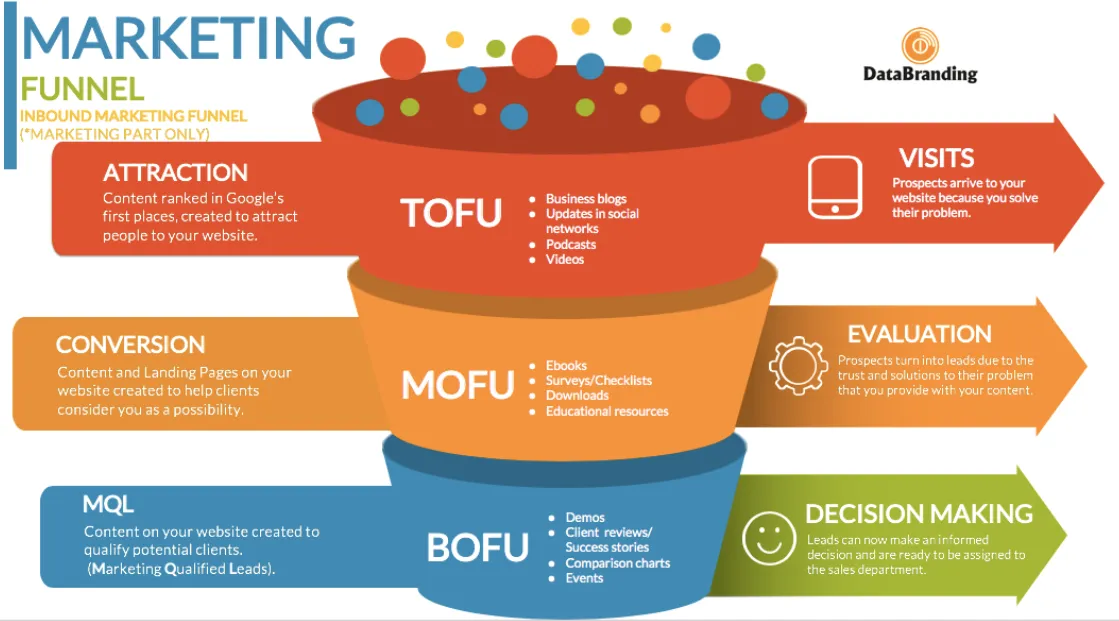Define a good LinkedIn content strategy in 4 steps 🚀
How do I develop a content strategy on LinkedIn to attract, engage, and convert my audience? 🎯

How do I develop a content strategy on LinkedIn to attract, engage, and convert my audience? 🎯
LinkedIn is the place where professionals meet, exchange and build a reputation. To know how to stand out from the crowd and draw attention to your profile or that of your company, it's all a question of content strategy! How do you plan, create, and deliver content that grabs your audience's attention and engages them? 🚀
Today, we're giving you the keys to shine on LinkedIn. 🌟
To begin with, the priority is to establish a editorial planning. It's the road map for your content, much like a step-by-step procedure to follow throughout a set amount of time.
🗃 To be organized : You always know what to post and when. No more blank page stress!
🧠 To have consistent content : Your content is true to you, your message and to the values of your company. Your audience knows what to expect and you gain credibility.
📈 To easily analyze the results : You can easily measure what works and what doesn't.
A good editorial schedule makes it possible to keep a clear guideline and to ensure regular publication. For example, you might decide to publish a blog post every Monday, an inspirational post on Wednesday, and an infographic on Friday. This gives your content a frame of pace and keeps your audience engaged.
🎯 Define your communication goals : increase your visibility, generate leads, establish your expertise...?
📆 Choose your publication frequency. It must be reachable (one post every two days, one post per week, 4 posts per month...). Recurrence and rigor are two essential elements for your LinkedIn content.
🎨 Define your themes : Vary the pleasures! Mix topics between inspiring posts, in-depth articles, and practical tips.
A well-designed editorial schedule allows you to stay focused on your long-term goals while being flexible to adapt to unexpected trends and events.

No, it's not a new food trend! These acronyms represent the different stages of conversion funnel.
The conversion funnel is a marketing model that represents the journey of your prospects, from the first contact to the conversion into a customer. TOFU, MOFU, and BOFU are acronyms that describe the three main stages of this journey.
1. TOFU (Top of the Funnel) : This stage is dedicated to attracting the attention of new prospects.
2. MOFU (Middle of the Funnel) : At this stage, you are looking to deepen the relationship with your prospects by providing them with more detailed information that is specific to their needs.
3 ️. BOFU (Bottom of the Funnel): This last step should encourage your prospects to take action.

Source: Databranding
To maximize the effectiveness of your content strategy, it is essential to structure your editorial calendar around these three steps. Here's how:
👀 Plan TOFU content at the beginning of the month :Attract new prospects with engaging and educational content. Post blog posts, how-to videos, and infographics to get attention.
Add MOFU content mid-term :
Strengthen the relationship with your prospects by publishing case studies, webinars, and white papers. It's time to provide concrete evidence of the value of your offer.
👍 Conclude with BOFU content at the end of the month :
Encourage your prospects to take action with product demos, customer stories, and special offers. This content should be compelling and directly oriented to conversion.
By mastering these steps, you can guide your prospects throughout their buying journey, from discovering your brand to making a purchase decision. This requires a good understanding of your personas and a content strategy adapted to each stage. 🎯
.gif)
Scared of blank page syndrome? Be aware that even the smallest piece of information can turn into a LinkedIn post. Building on the previous approach to the conversion funnel, here are a few ideas that might inspire you 👇
.
Don't forget to include attractive visuals. Images, videos, and other infographics catch the eye and boost engagement. 📸
Finding the right timing is like finding the right recipe for a cake: it makes all the difference. Here are some ways to maximize the visibility of your posts. 👇
☕️ At the start of the day : Between 7 am and 9 am, professionals often connect before the start of their day.
🕛 Early afternoon : Between 12 p.m. and 2 p.m., a short LinkedIn break before going back to work.
🌇 End of the day : Between 5 p.m. and 6 p.m., to capture attention before disconnecting.
To optimize even more, use LinkedIn's analytics tools to see when your posts are most successful. This way, you can adjust your publishing hours accordingly.
Defining a good content strategy on LinkedIn requires time, but is essential because it offers you both time savings and rigor. With a well-designed editorial schedule, varied and relevant content, and a good understanding of the conversion funnel, you are ready to conquer LinkedIn. 🚀
As you've just seen, creating a content strategy requires time and attention.
If you don't have too much time to devote to it or if you simply want to be more efficient, Lyter can help. In a few minutes, the tool will offer you a content strategy tailored to your business. ⚡
1 - You enter your activity : LinkedIn account or website (for Lyter to get to know you)
2 - You enter your communication goals
3 - Lyter offers you an ultra-personalized communication strategy: themes, post ideas, programming dates and times.
The icing on the cake, he even writes your publications using your writing style. ✍️
In less than 30 minutes, you get: 👇
💡 LinkedIn post ideas based on your purpose.
🔥 1 month of personalized posts written with your writing style.
📆 An editorial calendar with posts scheduled at the right time according to your target audience.

Patience is required. In general, it takes between 3 to 6 months to see significant results. The key is to stay consistent and adapt your strategy based on feedback.
Blog posts, infographics, and videos are particularly good. Interactive content like surveys and questions and answers are also very engaging.
Use LinkedIn analytics tools to track the performance of your posts. Look at metrics like views, likes, shares, and comments to assess engagement.
If some types of content aren't performing as expected, here's how to adjust your editorial calendar:
In just 20 minutes, our team will show you how Lyter can free up 7 hours/month.
